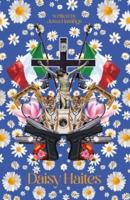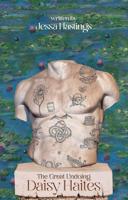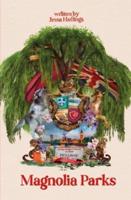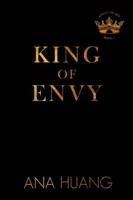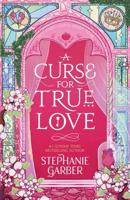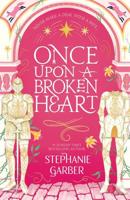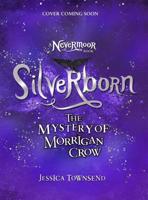Publisher's Synopsis
This historic book may have numerous typos and missing text. Purchasers can usually download a free scanned copy of the original book (without typos) from the publisher. Not indexed. Not illustrated. 1875 edition. Excerpt: ...design, and the old Gallic spirit reappeared with renewed energy. Architecture became reasonable, chastened, and modest in its ornamentation, and in structure severe and studied; it affected a sort of Puritanic rigor and simplicity, employing only the means and forms necessary to the expression of its practical requirements, and reaching a result of dignified repose without pedantry. Construction was the main element of design, it was emphasized and honored. The result was solidity without clumsiness, gravity without nakedness. It was the architecture of men of sense, comparatively well instructed, and free from the illusions of prejudice. It was the expression of wealth without ostentation, comfort without effeminacy. In short, it resumed, for a short career, that character of independence which it had lost amidst the artifice and insincerity of the preceding century. The architecture comprised between the close of the reign of Henry IV. and the majority of Louis XIV. was truly French, and, next to the architecture of the twelfth, thirteenth, and fourteenth centuries, it seems to me that which best merits the title. In going over a chateau or mansion of the time of Louis XIII., we seem to live among those who first inhabited it. These edifices were the envelope and index of the society of that epoch, --a society which was the last to leave a profound impression on the history of literature, science, and the arts, the last to be distinguished at the same time for firm and independent characters and for that lively and elegant spirit, that good-natured irony, which are the peculiarities of the French people. The long reign of Louis XIV. served, after much ado, to stifle this final effort of the true French spirit in the arts. Louis XIV...



